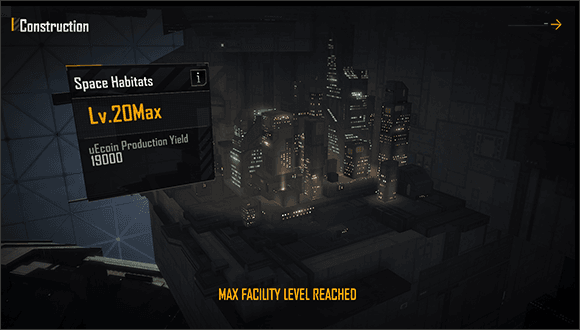
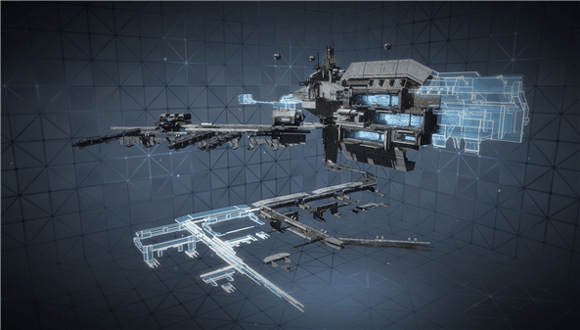
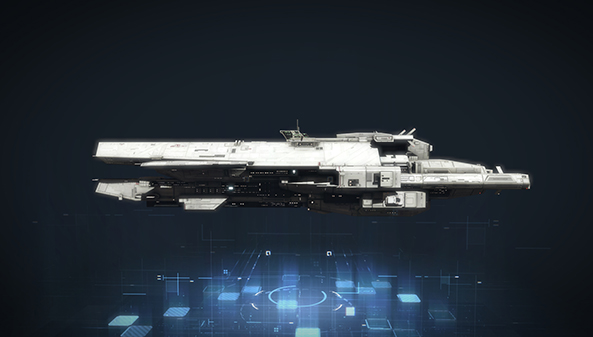
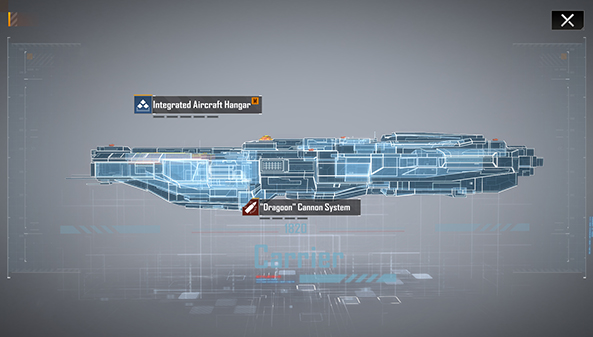
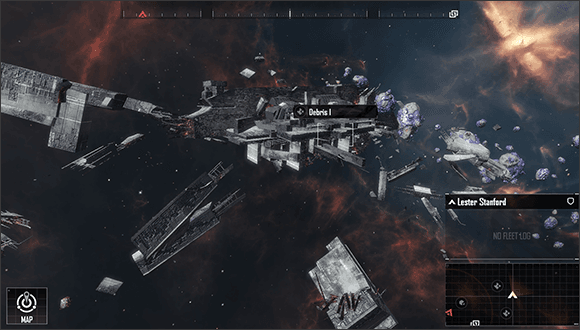
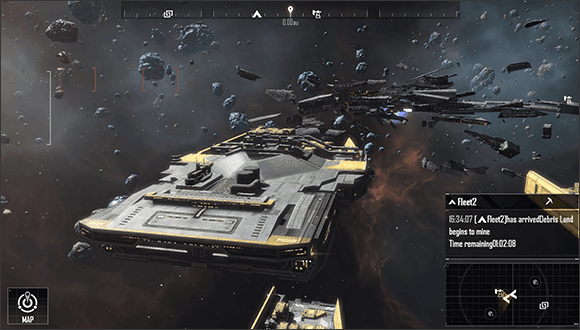
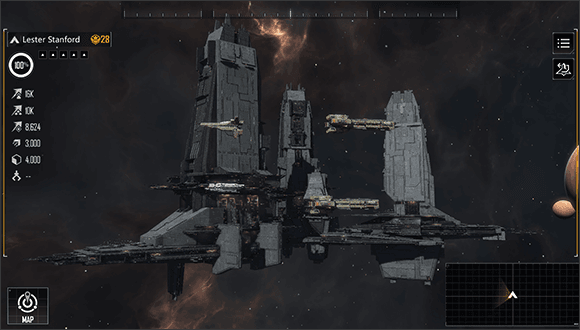
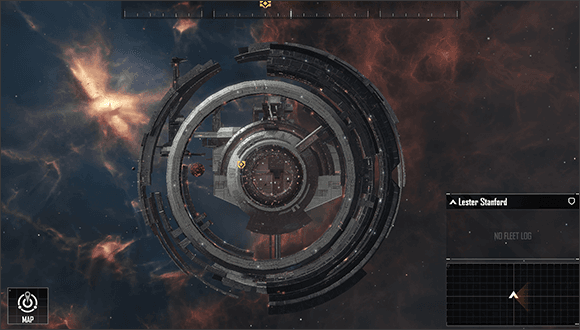
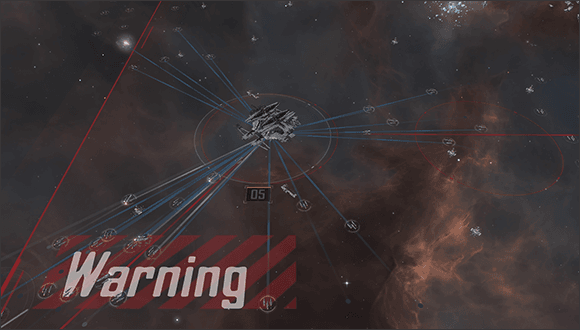
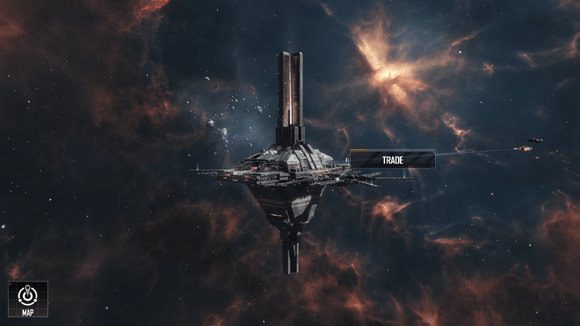
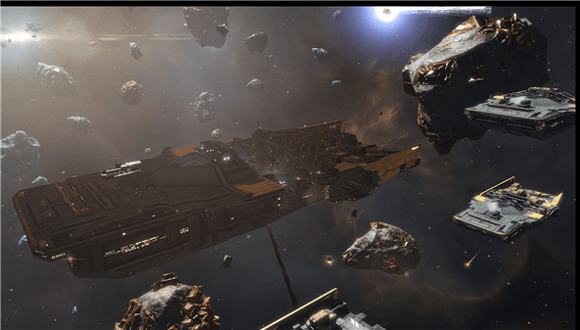
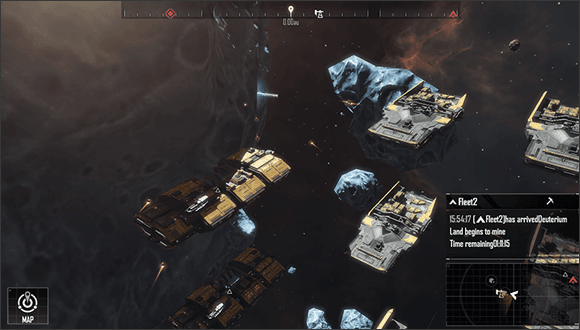
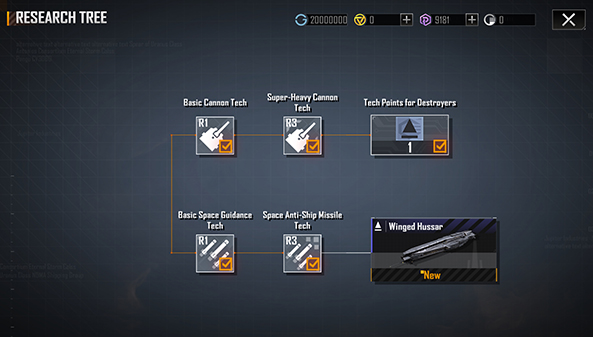
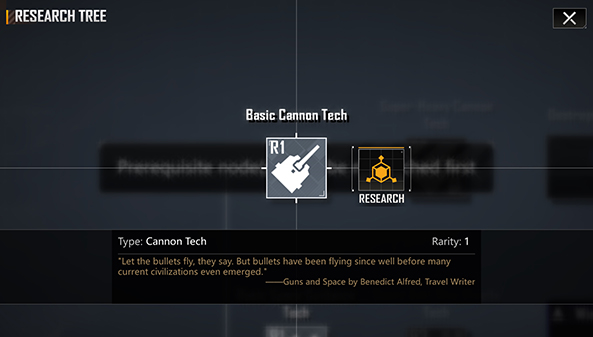
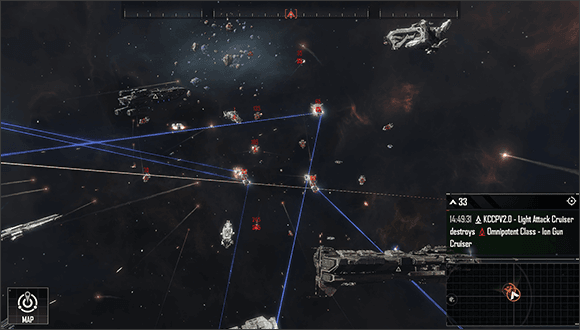
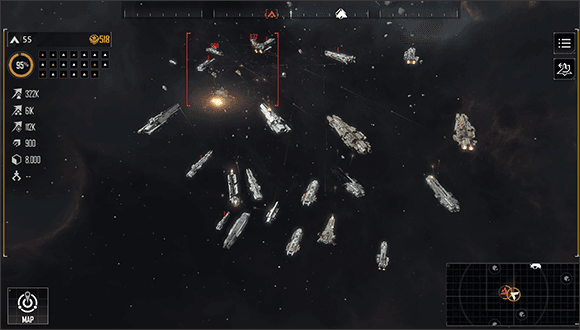
New features and adjustments for all star systems:
1. Adjusted the yield of controlled resource nodes:
The control effect of Space Dust has been adjusted from Metal Yield +41.7 per hour/Crystal Yield +1 per hour/Deuterium Yield +0.5 per hour to Metal Yield +500 per hour/Crystal Yield +10 per hour/Deuterium Yield +4 per hour, with extraction available every 6 hours.
The control effect of level 2-6 Metal Resource has been adjusted from Metal Yield +83.3/416.7/833.3/1666.7 per hour to +1500/7000/8000/8500/9000 per hour, with extraction available every 6 hours.
The control effect of level 2-6 Crystal Resource has been adjusted from Crystal Yield +2/10/20.8/41.7/83.3 per hour to +30/180/200/225/250 per hour, with extraction available every 6 hours.
The control effect of level 2 and level 4 Deuterium Resource has been adjusted from Deuterium Yield +1.7/11.7 per hour to +15/70 per hour, with extraction available every 6 hours.
The control effect of the Dust Collector and Small Resource Synthesis Station has been adjusted from the extraction of 6,500 Metal, 50 Crystals, and 15 Deuterium every 12 hours to the extraction of 20,000 Metal, 200 Crystals, and 50 Deuterium every 12 hours
The control effect of the Meteorite Core Drilling Rig and Resource Synthesis Plant has been adjusted from the extraction of 8,500 Metal, 100 Crystals, and 25 Deuterium every 12 hours to the extraction of 40,000 Metal, 800 Crystals, and 150 Deuterium every 12 hours.
The control effect of the Asteroid Core Drilling Platform and Auto Refining Platform has been adjusted from the extraction of 10,000 Metal, 150 Crystals, and 50 Deuterium every 12 hours to the extraction of 80,000 Metal, 1,000 Crystals, and 300 Deuterium every 12 hours.
2. Optimized the method of claiming rewards for resource pack engineering quests when Explorers control resource nodes. All control rewards for resource nodes will be consolidated into a single quest for reward collection.
3. In the Blueprint Tech Route, the system display has been added to the Control Operation modules for the following ships: X8 - Small Utility Ship, NOMA M470 - Heavy Landing Ship, Mare Nubium - Light Landing Ship.
4. Optimized the sorting rules of the equipment list, adding an "Equipped" section that is prioritized in the equipment list.
5. Optimized the prompt showing trade is unavailable when mooring at a Trading Post within the operation area of another faction.
6. Optimized the yellow dot alert feature on some interfaces when switching devices.
7. Added a quick link to jump to the corresponding blueprint for using its Tech Points when viewing Blueprint Tech Points details in the Strategic Assets Warehouse.
8. Added temporary bubble prompts when the fleet moors at a controllable operation target.
New features and adjustments for some star systems:
1. Adjusted the Dawn Funding program, adding new reward types at certain levels. Upon reaching the corresponding level, players can choose one reward from the available options. The total number of rewards that can be claimed remains unchanged. This adjustment will take effect in the newly activated "Dawn Exploration Agreement 2.0," "Trojite Crystal Mining Agreement," "Data Rescue Agreement," and "Star System Rescue Agreement" after the update.
2. Optimized the information display for unconfigured equipment during "Exploration Preparation" in the Hub Star System,
Bug Fixes:
1. Fixed an issue where players could prematurely claim Dawn Funding program rewards after exiting and joining a new Exploration Agreement midway.
Later in the Galactic War, the star HD232b at the center of the Fire Seeker System had an abnormal emission of high radiation, affecting almost the entire star system. Above 70% of the cities, space stations, buildings, and fleets system-wide received severe damage, so did the protection facilities of the L893 Gate, making the stargate unable to run. The stellar emission phenomenon continues till now, and the entire star system has already been classified as a "Danger Zone." Some factions even closed the relevant nodes connecting to the Fire Seeker System in the Lagrange Network.
In the following decades, this phenomenon occurred and caused widespread devastation in multiple star systems. According to the Report on the Reasons for High Radiation Emission in Some Star Systems and their Network Loss Situation, there are abnormal changes in space warping at the Lagrange points. It may affect the gravity at the core of stars, lead to the high-energy emission from the interior of them irregularly, and thus cause severe damage to the entire star system. This phenomenon is academically called "Space Warping Vibration," also commonly known as "Warping Reverberation."
From the intel we have, there is a set pattern for the abnormal stellar activity. It can be divided into the Rising stage, Peak stage, and Declining stage. The scope of the radiation zone in a star system will change with the intensity of the stellar activity. During their abnormal activity, stars emit lots of high radiation at intervals hindering the operation of cities, space stations, and fleets. Some of the planets can block stellar jets so that the areas behind them are not susceptible to the high-energy emission from stars. You can take these areas as your security zones.
The Antonios Consortium was also affected by the disaster. Some of the star systems run by them have already begun to have "Space Warping Vibration." Radiation of high levels is emitted at irregular intervals, affecting the star system environment. The consortium's management decided to transfer the valuable assets out of these star systems, including large amounts of experiment data, as soon as possible. Therefore, the Data Rescue Agreement has been issued to recruit experienced explorers to rescue experiment data from these star systems fulls of dangers.
As the buildings in different star systems will become ruins after being continuously damaged by high radiation jets, it is necessary to rescue and migrate the important data stored in the Experimental Center and the Observation Station as soon as possible. Once the space station turns to ruins, it will no longer be able to house and support the crew as it used to. However, there will still be lot of resources, repairable shipwrecks and important experimental data to be recovered by explorers. These undiscovered data in the ruins are the focus of all forces in the star systems in their hunt.
The "Project Garden" planetary ecological transformation experimental program led by the Antonios Consortium has been carried out in five phases on hundreds of star systems, but some star systems are difficult to survive due to abnormal Stellar Activities that lead to the deterioration of the galactic environment. Most areas of those star systems have been abandoned, and many important data were buried in the ruins. \nThe goal of this agreement is to rescue planetary experiments and observation data from deserted star systems that were affected by the "warping reverberation".
As more and more star systems began to build Lagrange Gates in the same way (launch a large number of beacons for testing the safety and pressure of passing the nodes), such a scene appeared in star systems one after another. In the heat of developing Lagrange Nodes, the "Beacon Festival" began to spread to every corner of the galaxy.
"Twinkle twinkle little star, how I wonder what you are?"
—A popular lullaby in Terran Sphere
During the beacon test phase of the "Otherworld Project", beacons were continuously launched into space. These beacons traveled through the under-studied Lagrange Nodes to explore and record star systems on the other side, collecting a lot of valuable data and information for exit positioning experiments. After decades of full preparation, at the beginning of the Phase II implementation, 2,347,260 huge beacons with long life were continuously launched into the channel to test the stability and pressure capacity of the channel. Seen from the ground, these huge beacons formed streaks of light in the sky that kept shining for a whole year. So the people on earth gave them a poetic name: Wishful Lights.